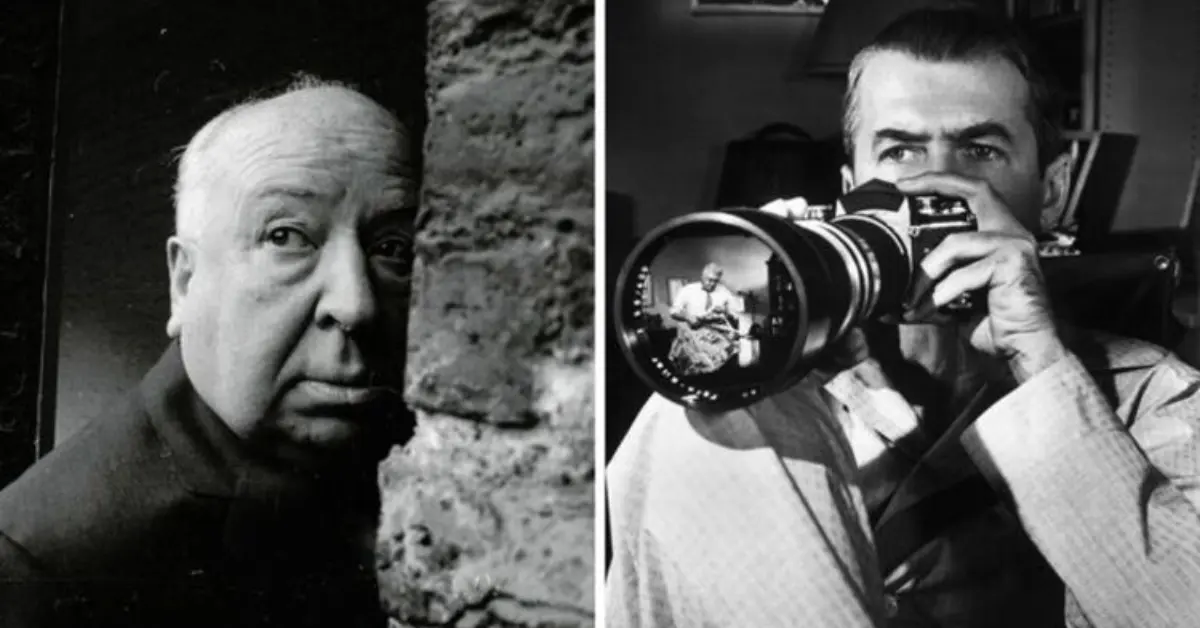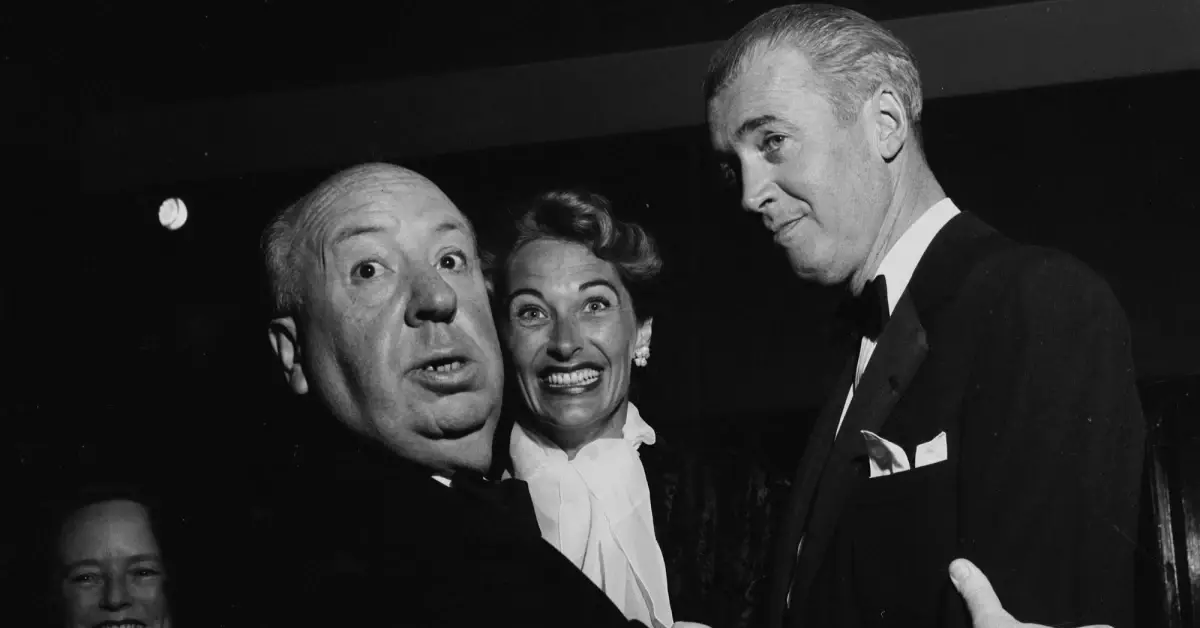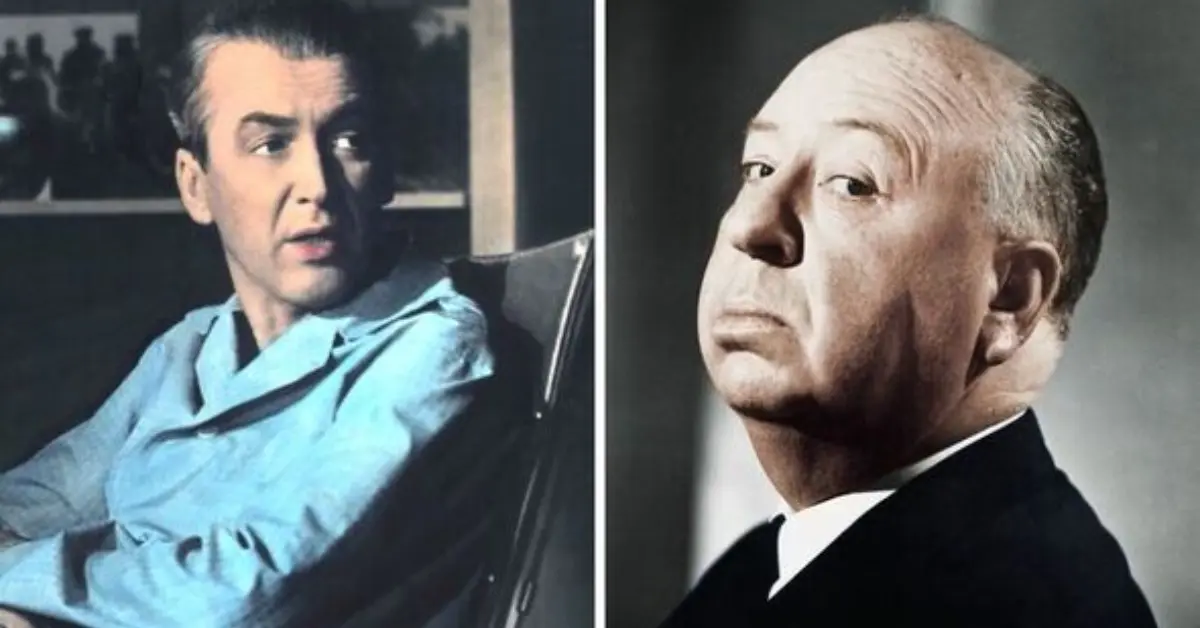When it comes to the history of Hollywood, few names loom as large as Alfred Hitchcock and James Stewart. Both icons in their own right, they formed a powerful alliance that propelled them to the pinnacle of their careers.
Collaborating on legendary films like Vertigo and Rope, Hitchcock and Stewart created a creative partnership that continues to shape American cinema to this day.
Alfred Hitchcock was a “Little Afraid” of James Stewart
While Vertigo often steals the spotlight in discussions of their collaborations, Rear Window deserves equal recognition in their illustrious filmographies. This incredibly complex thriller not only redefined the genre but also showcased Stewart’s exceptional talent.
In the film, Stewart portrays an injured photographer confined to his Greenwich Village apartment with a broken leg. Faced with a life of seclusion, he turns to spying on his neighbors to alleviate his boredom.
Stewart’s performance in Rear Window is nothing short of extraordinary, building tension and intensity as Hitchcock masterfully spins a tale of paranoia and intrigue.

Despite his reputation for referring to actors as “cattle,” it was Alfred Hitchcock who reportedly felt a sense of unease and intimidation on the set of Rear Window due to Stewart’s behavior and attitude.
Rear Window co-star Wendell Corey shed light on the production process and the relationship between Hitchcock and Stewart, revealing a significant amount of tension. Corey stated, “There was a whopping big ego underneath that allegedly shy, stuttering, bumbling persona.”
Contrary to his public image, Stewart was known to express his dissatisfaction by raising his voice on set, causing his powerful presence to reverberate across sound stages.
Corey explained that Stewart paid meticulous attention to every detail of each shot, often pointing out flaws in the setup and demanding multiple takes. Even Hitchcock, known for his own assertiveness, found himself somewhat intimidated by Stewart.
Corey added, “He was plenty fussy about the right shots, the right lighting, and he could out-argue and out-shout Hitchcock — I even think Hitch got a little afraid of him at times. There was steel under all that mush, believe me!”

Despite the palpable tension on set, Rear Window stands as one of the most remarkable projects for both Alfred Hitchcock and Stewart. The film serves as an intricately layered commentary on voyeurism and our relationship with cinema itself, foreshadowing contemporary issues such as surveillance states and the exploitation of spectacle by the media.
In a post-pandemic world, the claustrophobia depicted in Rear Window resonates deeply, evoking a sense of terror and confinement.
Ultimately, the strained dynamic between Alfred Hitchcock and Stewart in the creation of Rear Window only adds to its allure and lasting impact. The film remains a testament to their unmatched talent and serves as a testament to the enduring power of their collaboration.
As we continue to explore the annals of cinematic history, the relationship between Alfred Hitchcock and James Stewart remains a captivating subject. Their collaborations will forever be remembered as milestones in American cinema, and Rear Window stands as a testament to their complex partnership.
To witness the brilliance that emerged from their tense collaboration, one need only immerse themselves in the gripping world of Rear Window.










